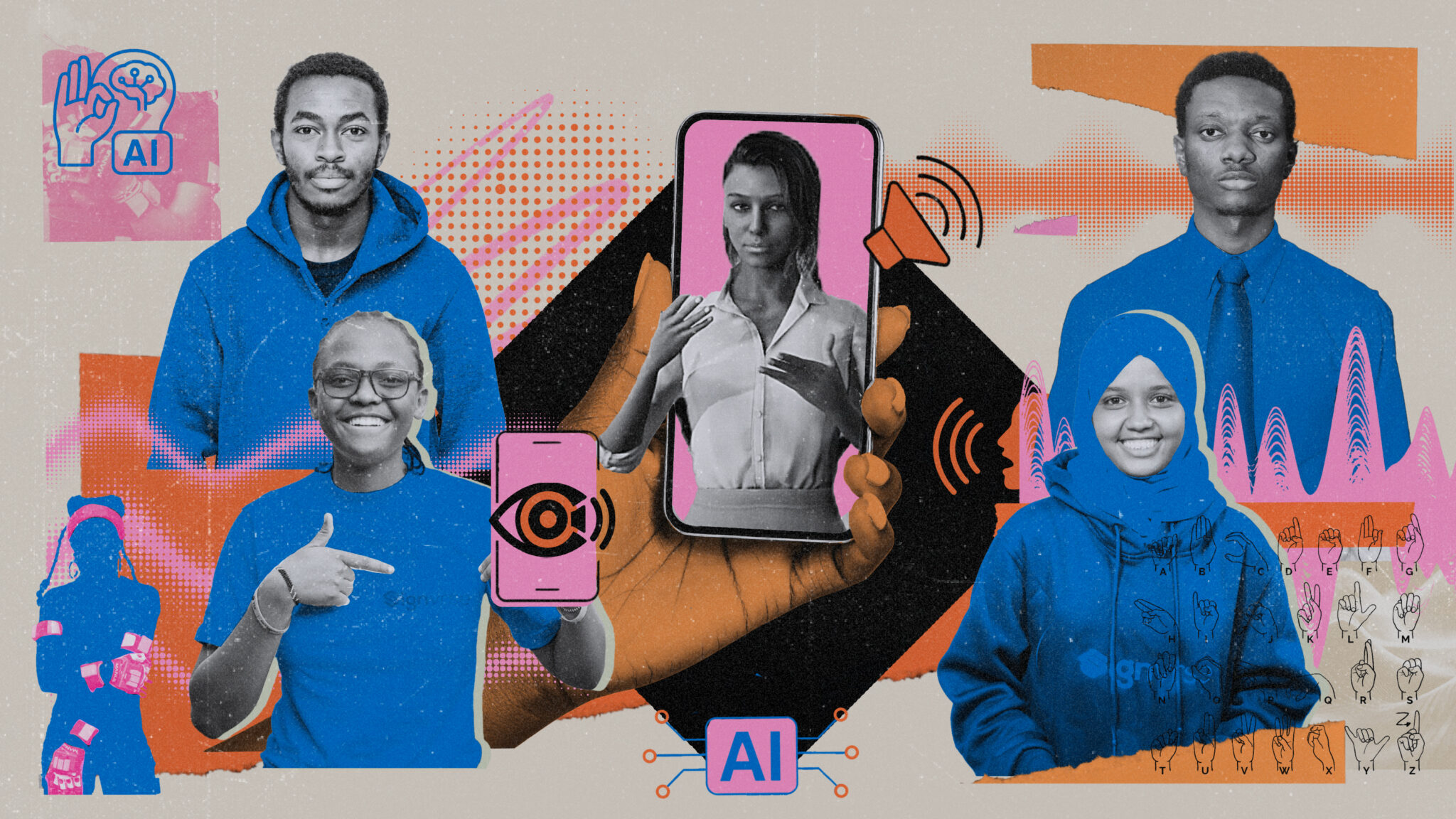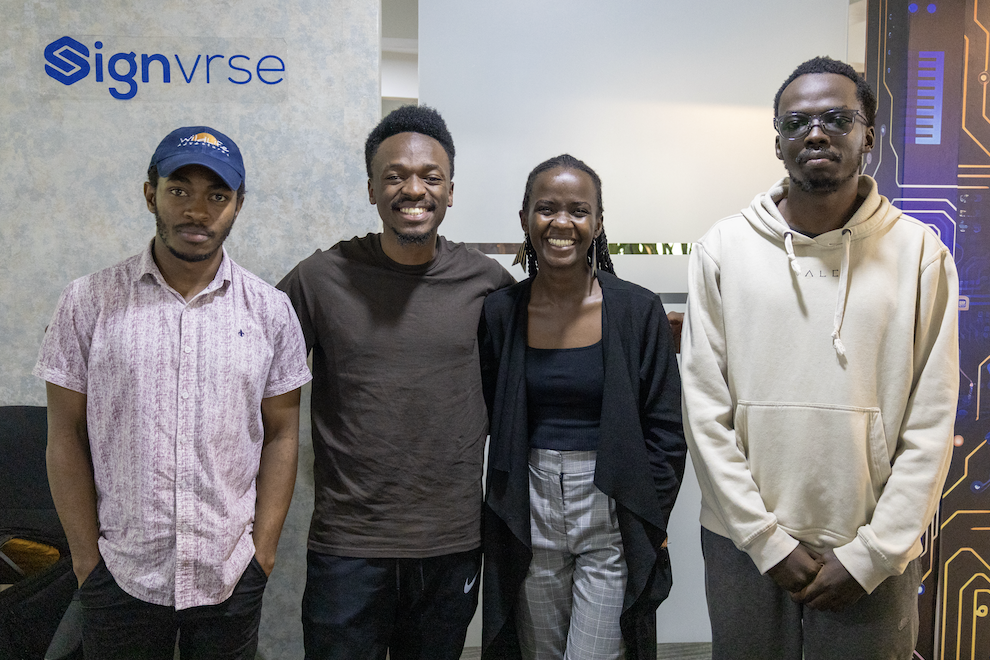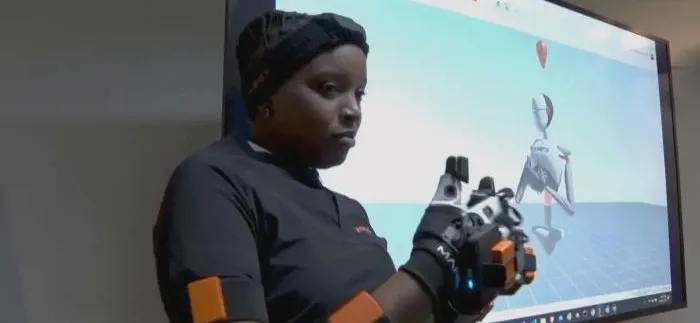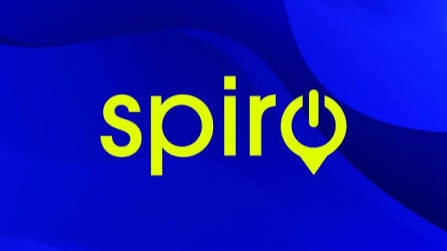Signvrse: Kenya’s AI Startup Brings Sign Language to Life

The Birth of Signvrse
On November 6, 2025, something new happened in Kenya’s tech scene, Signvrse launched, a startup with a bold promise for the deaf and hard-of-hearing community. At its heart? AI-driven 3D avatars that turn spoken words into sign language, right as you speak. No need for a human interpreter hovering nearby. Instead, you get expressive avatars popping up on your screen, your phone, even in classrooms.
The idea came from a Kenyan software engineer who’s spent years pushing for accessibility. He saw how often deaf people get shut out—at school, at work, in public—because communication just isn’t set up for them. Sure, there are solutions out there, but most either cost a fortune or feel stiff and robotic, never quite getting the feel of real sign language. That’s where Signvrse steps in. The team uses machine learning not just to pick up speech, but to deliver signs that’s alive with natural movement and expression.

Their launch wasn’t just another press event. In Nairobi’s tech hub, people watched as a 3D avatar instantly translated spoken announcements into sign language. Folks in the crowd talked about how accurate the gestures looked, how the avatar’s face moved with the emotion and detail real signing needs. For a lot of people there, it felt like more than just a tech demo—it was a peek at a world where accessibility isn’t bolted on at the end, but built into how we communicate.
Building Signvrse took a real team effort. The engineers didn't work in isolation; they teamed up with deaf educators, linguists, and advocates from the community. The goal wasn't just to copy the signs but to catch the context, the emotion, the tone-everything that makes sign language feel real and alive. And they knew one size doesn't fit all. Sign language isn’t universal. Each region has its own quirks, grammar, and style. By putting local voices at the center, Signvrse built something that speaks with the Kenyan deaf community, not just at them.
Now, they’re looking beyond Kenya. The same tech could change classrooms, live streams, news, business meetings, anywhere people talk and need to be understood. Accessibility tools have been around for ages, but most sit on the sidelines. Signvrse wants to step onto the main stage: AI that truly listens, understands, and signs in a language that’s too often ignored.
How Signvrse Works
Signvrse blends natural language processing, motion capture, and 3D rendering into something you don’t see every day. Here's the basic premise: You speak into a microphone, and a speech recognition engine picks up your voice and converts it into text. Simple enough. Then, the system digs in deeper and analyzes your words for meaning and grammar and even the mood behind them. The real magic kicks in when AI takes over: It animates a 3D avatar that signs your message. We’re talking full gestures, facial expressions, hand shapes, and body movements, all happening live, right as you speak.
Now, here’s what makes Signvrse really stand out: it doesn’t just stick to one version of sign language. Kenyan Sign Language isn’t the same as Nigerian or South African Sign Language, and the platform gets that. Its modular setup lets developers keep adding new gestures and update how the avatar communicates. So Signvrse keeps growing and adapting along with its users.
Teachers jumped on board right away. Suddenly, they could teach classrooms with both hearing and deaf students, no need for an interpreter in the middle. Businesses quickly saw the possibilities too. Picture a meeting where your words show up instantly as sign language, making workspaces more open and giving a real shot to people who’ve been left out before.
The team behind Signvrse doesn’t want to stop at schools or offices. Think bigger, a public lecture, a political rally, maybe even a virtual concert. Deaf audiences can finally follow along in real time, watching spoken words come alive as expressive sign language on a screen. That’s a huge leap forward for live events and accessibility, really closing the gap between knowing and actually understanding.

Investors are watching closely. Even though Signvrse is new, Kenyan venture funds and global tech investors who care about social impact already see the potential. With digital conversations taking over more of our lives, Signvrse is ready to shake things up—both economically and socially—across borders.
Social and Cultural Implications
Signvrse isn’t just another tech milestone, it’s making a statement. In Africa, where accessibility is often an afterthought, innovations like this really push people to reconsider what inclusion looks like. Deaf and hard-of-hearing folks in Kenya, and honestly across the whole continent, deal with all kinds of obstacles—whether it’s in school, at work, or just trying to be part of the conversation. Signvrse offers real hope for closing those gaps, giving these communities a louder, clearer voice in public life.
At the same time, the launch opens up a bigger debate about how AI should actually serve people who’ve been left out before. Signvrse brought in deaf educators, linguists, and cultural experts to help build the platform, steering clear of that usual trap where outsiders swoop in with “solutions” that miss the point. The avatars aren’t just moving their hands, they’re respecting the culture and rules of KSL, treating it as a language that deserves real recognition and investment.
People watching from the sidelines notice what this means for representation, too. For many deaf Africans, seeing their language brought to life in public spaces or classrooms is powerful. It’s about pride, breaking down stereotypes, and showing that tech doesn’t have to wash out minority voices, it can actually help them stand out.
Sure, there's still work to be done. Signvrse has to fine-tune its AI, ensure that people use it, and that it remains financially viable. There's a real risk that rollout plans will overlook rural communities, especially those with spotty internet. But from the team's focus on collaboration and staying connected to the community, they appear ready for such hurdles.

This could have far-reaching implications beyond Kenya's borders. As more African countries start using AI to improve accessibility, Signvrse might set the standard for inclusion across the continent. It is proof that, used thoughtfully, technology can link people together and amplify voices that have long been pushed to the margins.
Signvrse’s launch isn’t just about shiny new tech or quick profits. It’s about who gets to benefit. This time, it’s language, access, and visibility for communities that have waited far too long. It’s not just progress for AI, it’s a real leap forward for inclusion.
You may also like...
The Lost Scents of Africa

Across Africa, artisans and perfumers are reviving the continent’s ancient fragrance traditions, from frankincense and c...
Tech Tools Gen Z Cannot Live Without

Gen Z isn’t just using technology,they’re actively shaping its direction. For this generation, tech is more than enterta...
What Your Mobile Wallet Says About Your Personality

Your mobile wallet isn’t just for payments, it is a window into your habits, priorities and personality. Every tap and ...
The Age of Tweaks: Why Everyone Suddenly Wants to ‘Fix’ Something

A reflective exploration of the rise of subtle cosmetic “tweaks” and why more people today feel pressured to fix feature...
Signvrse: Kenya’s AI Startup Brings Sign Language to Life

Kenya’s Signvrse uses AI-powered 3D avatars to translate speech into sign language, making classrooms, events, and digit...
Spiro and the Future of African E-Mobility: The Startup That Became the Continent's Most Powerful EV

A company that started out as a small ambitious player and has grown in record time into one of the most influential for...
Your Phone Knows When You’re About to Get Sick

Could your phone know you’re getting sick before you feel a single symptom? It sounds futuristic, but it’s happening qui...
It Is Not Your Sign, It Is You: How Astrology Became a Shield for Bad Behaviour

Why blaming your zodiac sign for bad behaviour doesn’t cut it and how African traditions and Christian beliefs challenge...
.png&w=1920&q=75)

